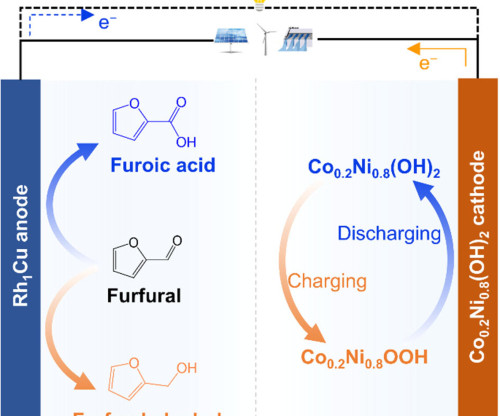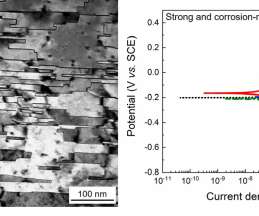University of Sydney team advances rechargeable zinc-air batteries with bimetallic oxide–graphene hybrid electrocatalyst
Green Car Congress
AUGUST 16, 2017
University of Sydney team advances rechargeable zinc-air batteries with bimetallic oxide–graphene hybrid electrocatalyst. Other two amorphous bimetallic, Ni 0.4 O x and Ni 0.33 Chen (2017) “Amorphous Bimetallic Oxide–Graphene Hybrids as Bifunctional Oxygen Electrocatalysts for Rechargeable Zn–Air Batteries” Adv.




















Let's personalize your content